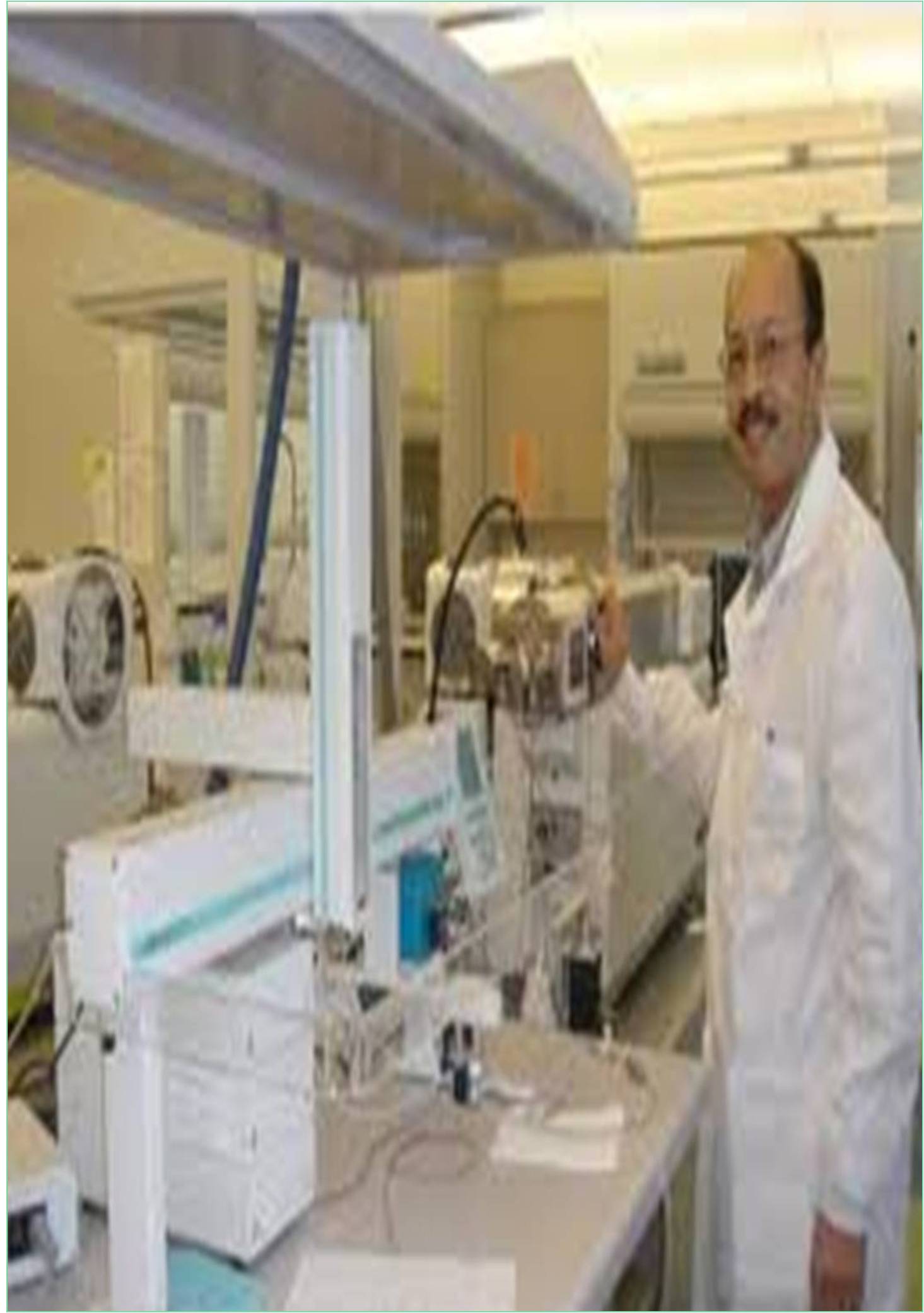



Received: 02-Nov-2022, Manuscript No. IJCB-22-83287; Editor assigned: 07-Nov-2022, Pre QC No. IJCB-22-83287 (PQ); Reviewed: 22-Nov-2022, QC No. IJCB-22-83287 ; Revised: 30-Nov-2022, Manuscript No. IJCB-22-83287 (R); Published: 08-Dec-2022, DOI: 10.15651/IJCB.22.7.031
Living creatures are subjected to a wide range of internal and external stimuli on a constant basis, which may have an effect on their emotional, psychological, and physical behavior. Stress has been linked to a number of disorders, including alopecia areata, telogen effluvium, psoriasis, and acne, as well as changes in brain chemistry, impairment of functional memory, and the development of several skin conditions. Stem cells are undifferentiated, general-purpose human body cells. They are clonal, plastic (able to differentiate into different types of organism cells by asymmetrical division), and can selfrenew (proliferate quickly) through symmetrical division (come from the same clone).
Adult somatic stem cells, foetal stem cells, amniotic epithelial cells, umbilical cord epithelium, and Embryonic Stem Cells (ESCs) are the five primary groups of stem cells based on their lineage. They exist in both adults and embryos. Because they can give rise to different lineages and because of their paracrine and trophic effects, stem cells are frequently used in regenerative and reparative therapy. They were the subject of investigation as potential remedies for a variety of disorders. Any situation that is considered stressful throws off a person's physiological and psychological equilibrium, or homeostasis. The hippocampal, amygdala, and prefrontal cortex sections of the brain play a major role in the control of the autonomic and Hypothalamic-Pituitary-Adrenal axis (HPA) stress response mechanisms.
These areas undergo physical and functional changes as a result of stressful situations. Examples of structural changes include dendritic remodelling, neuron replacement, and synapse turnover. The synaptic density of neurons and dendritic retraction and extension are altered by glutamate and excitatory neurotransmitters like glutamate. In fact, stress is the cause of a number of illnesses, including increased fat mass, osteo-sarcopenia, frailty, cellular dehydration, persistent systemic inflammation, and skin disorders. The skin is the biggest organ in the body. Peripheral nerve terminals, keratinocytes, mast cells, and immune cells are more abundant there. In addition, it plays a critical role in the production of HPA axis components. Therefore, it is considered to be actively triggering the stress response.
People may consequently experience a number of skin diseases linked to stress, including psoriasis, atopic dermatitis, vitiligo, acne, and Alopecia Areata (AA). Stress in the mind may serve as a trigger or aggravating factor for AA. Skin conditions are treated with the most often employed Mesenchymal Stem Cells (MSCs), specifically Adipose-Derived Stem Cells (ADSCs). MSCs and secretome, one of their paracrine components, have recently been found to be the most effective treatment for stress-induced alopecia. Immunological abnormalities that affect the Hair Follicle (HF) and lead to hair loss distinguish the latter from the former. The ability of MSCs to inhibit complement activation, the production of dendritic cells from monocytes, and lymphocyte proliferation led to the hypothesis that MSCs function as inherently immunological suppressants. Because of the stress, they are widely used for hair regeneration.
The term "stem cell secretome" refers to the soluble compounds that stem cells make and use for cell communication. Extracellular Vesicles (EVs), proteins, and nucleic acids are among the constituents that make up this fluid. The secretome contains extracellular matrix proteins, extracellular matrix proteases, hormones, cytokines, growth factors, angiogenic factors, and even genetic information that are thought to be encoded by around 10% of the human genome. The nutritive media that includes the stem cells and these paracrine chemicals is known as "Conditioned Medium" (CM). The production of these substances by stem cells involves both established and new mechanisms, such as protein translocation, exocytosis, and vesicle or exosome encapsulation.
Numerous ailments are brought on by the psychological problem of stress. Hair loss is a symptom of chronic stress, particularly alopecia areata. The auto-reactive cells kill the hair follicles, which causes hair loss and the onset of alopecia areata symptoms. Additional human trials must be carried out in order for this therapy to be most effective. The number of injections, the dosage, and the intervals between them should all be optimized to ensure total healing without relapse.